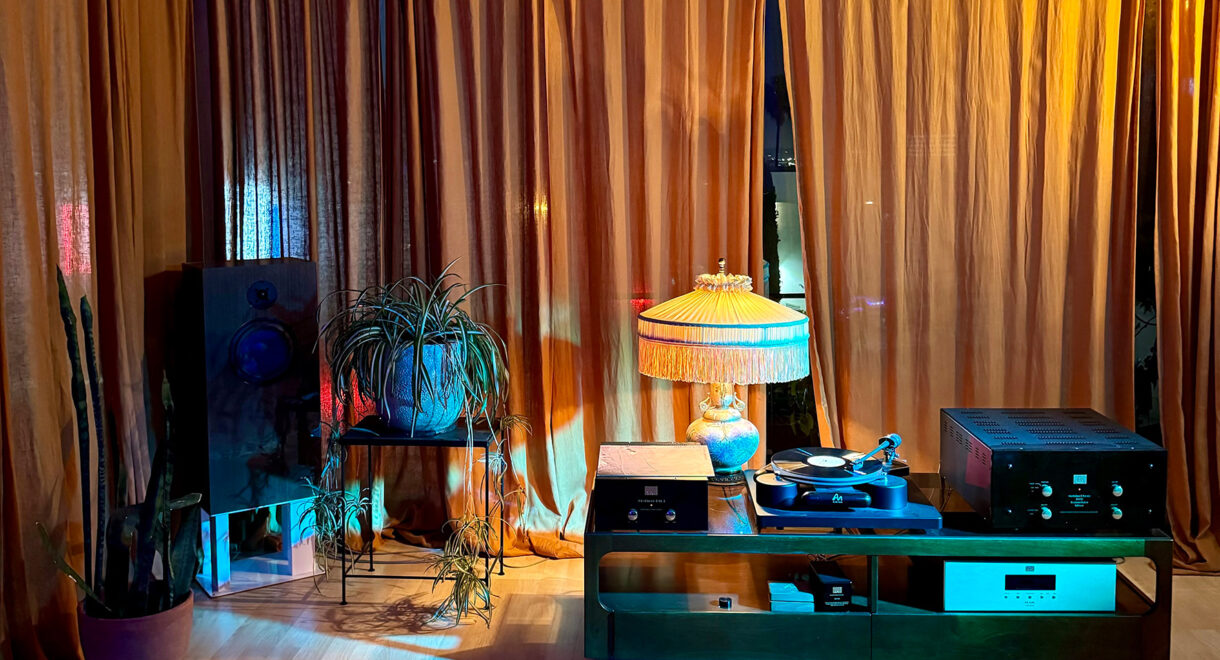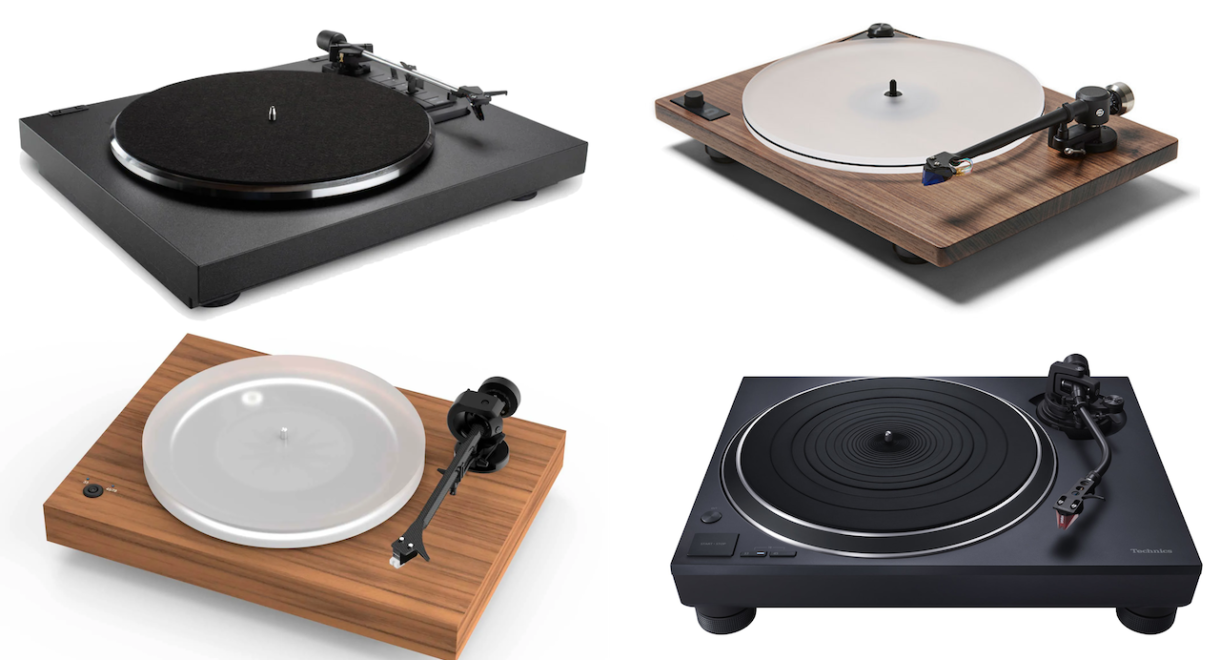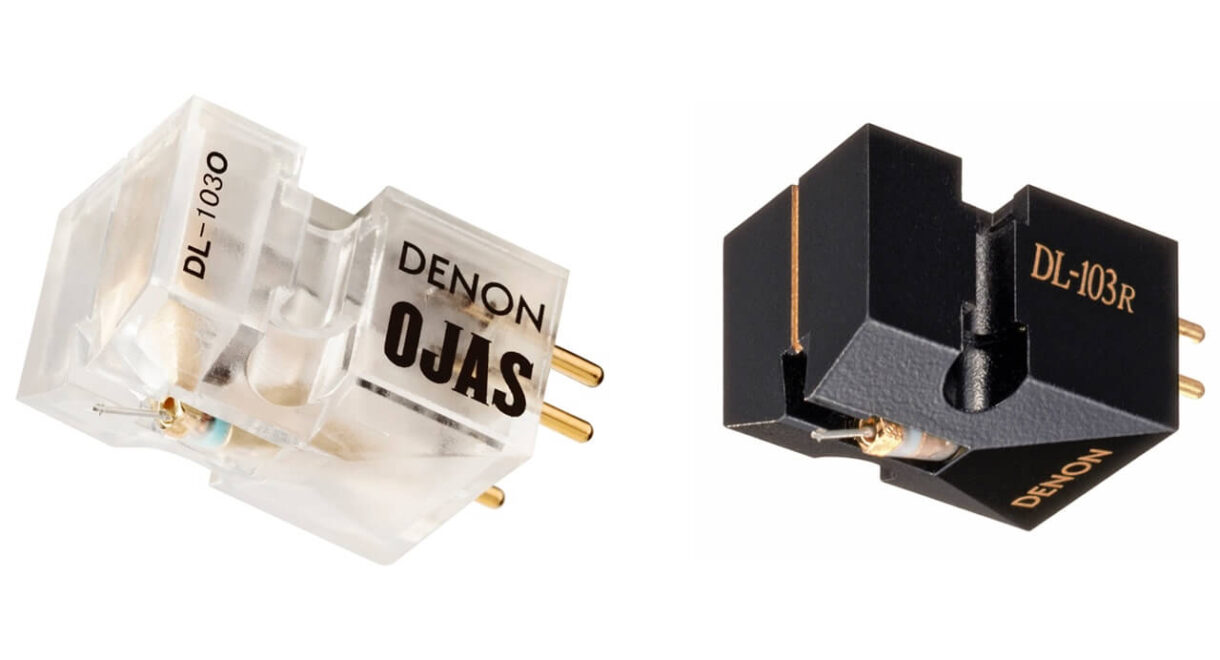Transparent clarity, deep bass, and “Invisible Sound” from German audio company ADS. Background: One of the lesser known hi-fi brands of the ’70s, ADS (Analog and Digital Systems) […]
Vintage Read: “The True Sound of Music: A Practical Guide to Sound Equipment for the Home”

Highly recommended vintage hi-fi reading from audiophile writer Hans Fantel.
Though his name is nearly lost to time, starting in the 1950s the writer Hans Fantel was a ubiquitous presence in audiophile and stereo-curious households. A gear columnist who regularly published in Hi-Fi Stereo Review, the New York Times and Opera News, Fantel was the guy who’d sit you down and, without condescension, explain difficult technical concepts in plainspoken, eloquent language.
Take this basic explanation on the concept of “acoustic feedback,” which, writes Fantel, “occurs when sound vibrations from the loudspeaker travel back to the record player. The phono stylus then picks up the vibrations from the speaker along with the modulations in the record groove and feeds both signals to the amplifier and speaker. The result is — at best — a slight tonal blur or a rumbling noise. At worst, the reamplified vibrations pile up, overload the amplifier, and produce a loud rumbling, humming sound that, if sustained, could damage the speakers.”
Fantel’s brief rundown on the importance of choosing a cartridge is concise and jargon-free:
“After the loudspeaker, the phono cartridge has the most noticeable effect on the kind of sound you get from your records. In fact, some golden-ear types have been known to use one cartridge for its warm, blending effect on large-sound orchestral or choral works and another cartridge with a sharper, more analytic response for jazz and chamber music.
The reason cartridges differ so widely in the tonal coloration they produce is that, like loudspeakers, they are transducers. Cartridges translate information from one form of energy to another-from mechanical motion into electric signals. As in most translations, certain subtleties are lost-or added-and these account for the sound differences between one cartridge and another.
Almost all phono cartridges-or pickups, as they are sometimes called-are miniature electrical generators in which the motion of the stylus as it follows the record grooves generates a voltage proportional to that motion. Precise tracing by the stylus is the first requirement for faithful reproduction.”
In 1973, the writer adapted his regular column, Beginners Only, which he changed to Audio Basics in the mid-1960s, to become “The True Sound of Music: A Practical Guide to Sound Equipment for the Home.” A tool that will help those looking to explore the world of vintage hi-fi, the book tackles the nuts and bolts of sound reproduction with the aim of simplifying the processes for the layperson.
Below is a column from the Oct. 1970 issue of Stereo Review.
Though out of print, “The True Sound of Music: A Practical Guide to Sound Equipment for the Home,” is easy to find used for under $15, and is filled with illustrations and photos to further amplify his points.










